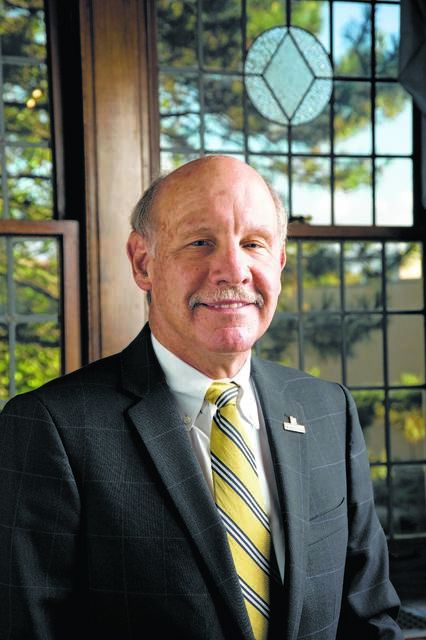Click here to subscribe today or Login.
Because all budgets are limited, whether they be those of a family, a business or a government program, choices must be made.
Families try to make these decisions based upon what products or services they plan to purchase that will give them the greatest satisfaction in the short and long run. When a business’s revenue exceeds expenses, then the business determines where the extra income should be invested in order to realize the best return on that investment (ROI).
Government expenditures should be subject to similar analysis. Of course, the outcome of various government programs is often more difficult to analyze than investment decisions that families and businesses must make, but their analysis is similar. Was the ROI greater than the investment itself?
Recently two Harvard economists, Nathaniel Hendren and Ben Sprung-Keyser examined historical data on 133 federal and state government policy changes initiated over the past 50 years. These policy changes included food stamps, unemployment insurance, Medicaid and similar state and local programs. The study, reported in various scholarly publications and the Wall Street Journal, measured the outcomes of these policies in terms of which programs were successful in developing self-sufficient people who needed less or no public assistance over time.
What they found is that social welfare programs that focused on young people had the greatest ROI. Programs that address healthcare and education issues for low income children reduced their future dependence on public aid and lifted their eventual earnings. Initiatives such as Head Start, CHIPS and allowing parents to select their children’s school produced adults who by their mid-30s were substantially better off than their counterparts who did not participate in these programs. In fact, the spending on youngsters not only returned the initial investment but an additional 47 cents for each initial dollar spent. Investment in health and education programs designed to improve the life of a child paid for generating an additional $7,014 surplus per person by the time the child is middle-aged. Now, that is a good social investment.
On the other hand, social welfare/human service programs directed at bettering the lives of adults rarely paid for themselves. In fact, they end up costing taxpayers more than their original investment. This is because welfare programs for adults such as unemployment and disability insurance, Medicaid and many similar state programs caused the recipient to use even more government-funded services. The bottom line, according to Hendren and Sprung-Keyser is that for every dollar spent on social services that attempt to better the lives of adults the cost to society is an additional 60 cents.
These important findings, and others like them, have been enabled by a relatively new instrument in economists’ research toolbox. The algorithms inherent in artificial intelligence (AI) can track and analyze millions of pieces of data over time. Using AI, Spring-Keyser, Hendren and other leading economists, such as Raj Chetty, also of Harvard, and John Friedman, of Brown University, have been able to track large groups of people and determine the outcomes of their participation in various welfare programs. The research methodology and the technology they apply is so sophisticated that it can even break down citizens data by zip code, and in some instances by city blocks, and track them over many years.
This economic research doesn’t answer all questions about social programs.
A compassionate society still has responsibilities to those adults who need help regardless of the ROI that various welfare, programs generate. Pennsylvania will spend about 37% of its 2019-20 annual budget on Human Service programs so legislators, as well as voting citizens, should consider the actual benefits that accrue to the state as a result of these programs.
The research findings of Hendren and Sprung-Keyser and others should be paramount in making such decisions.





